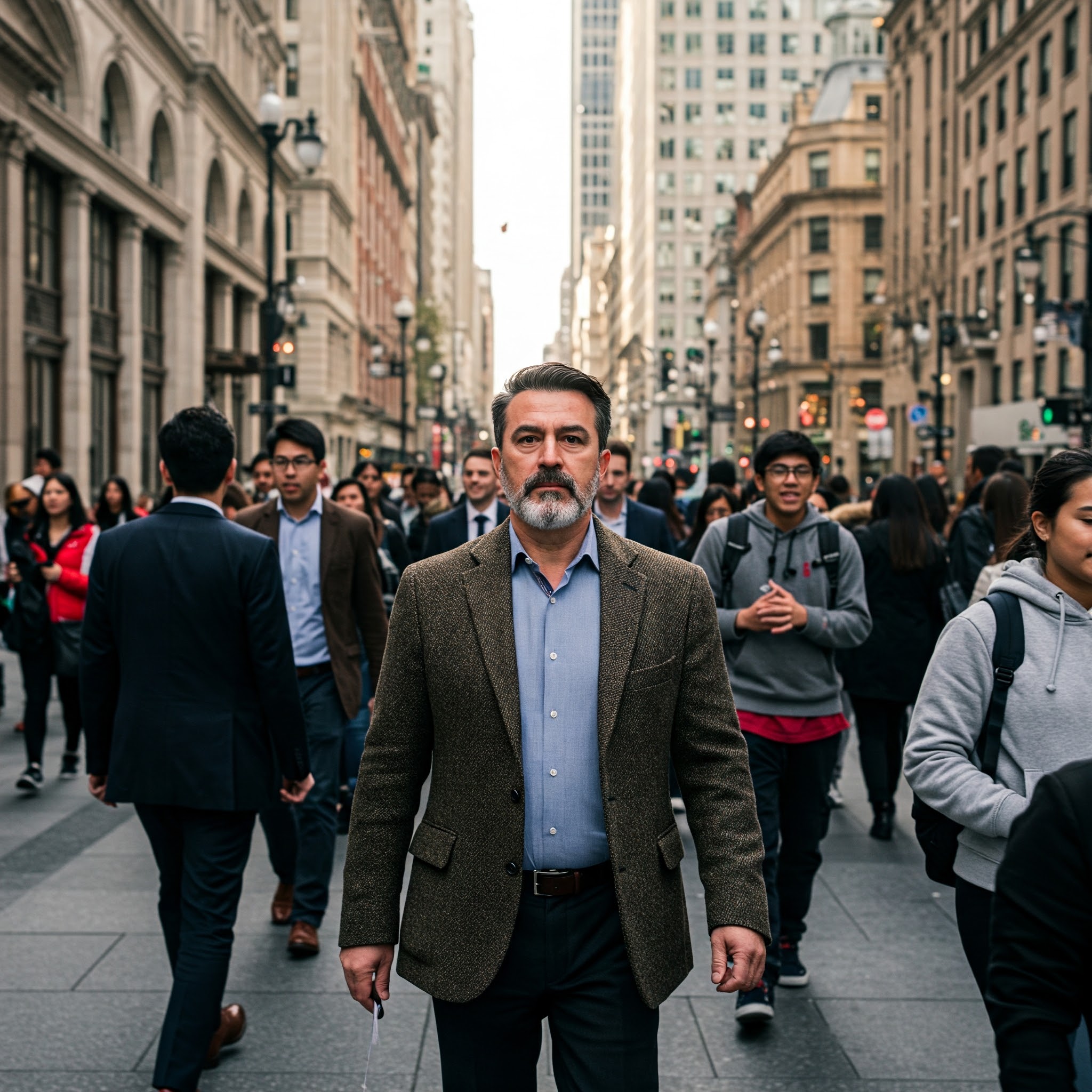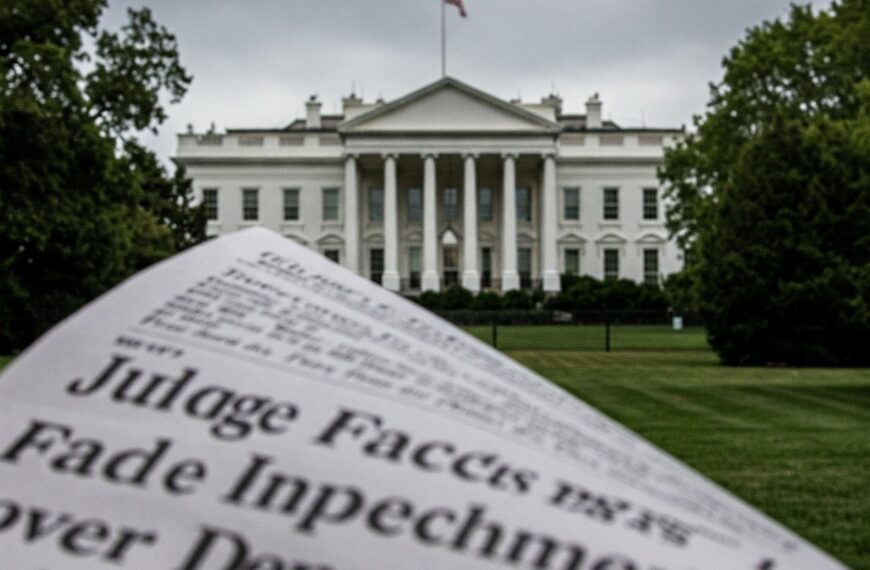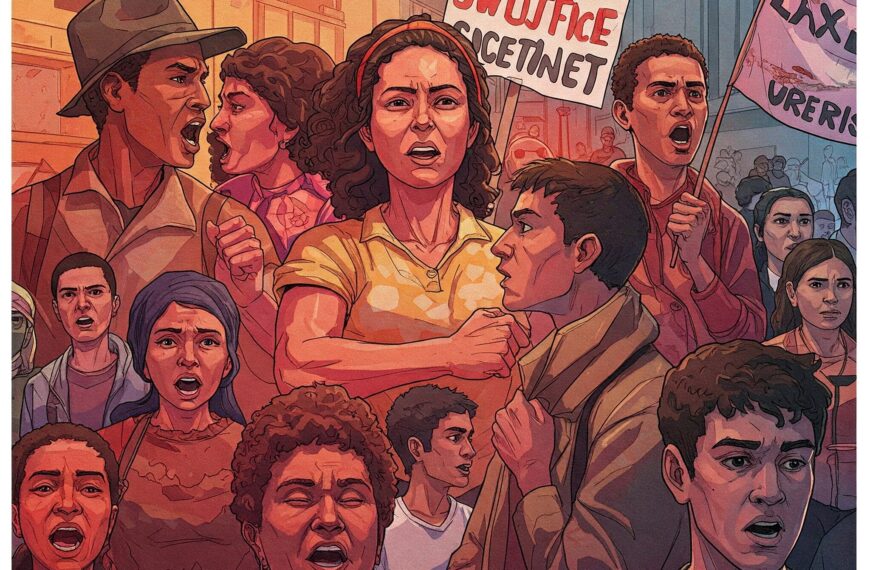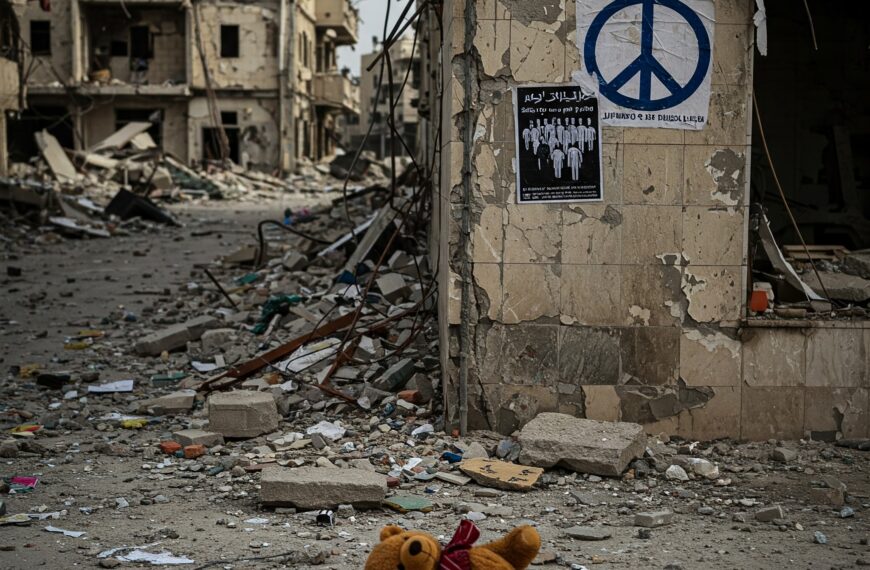Introduction
Sanctuary cities—municipalities that limit cooperation with federal immigration authorities—remain a contentious issue in U.S. immigration policy. Proponents argue that these policies protect undocumented immigrants from deportation for minor infractions, fostering trust between immigrant communities and local law enforcement. Critics contend that sanctuary policies hinder federal immigration enforcement and may compromise public safety.
Recent Developments and Case Studies
A high-profile case involving Sebastian Zapeta-Calil, a Guatemalan national accused of murdering a woman by setting her on fire in a New York City subway car, has intensified this debate. Despite his detention at Rikers Island, New York City’s sanctuary policies have led to a refusal to transfer him to federal authorities for deportation proceedings (New York Post).
Similarly, Denver Mayor Mike Johnston faced intense scrutiny from Republican lawmakers during a Capitol Hill hearing on immigration. While Denver identifies as a “welcoming city” rather than a sanctuary city, Johnston defended the policies, asserting cooperation with federal authorities while also protecting city residents (Axios).
Sanctuary Cities in the United States
Below is a table outlining key sanctuary cities and their policies:
| City | State | Sanctuary Status | Policy Highlights |
|---|---|---|---|
| New York City | New York | Full Sanctuary | Prohibits ICE cooperation, does not honor detainer requests |
| Los Angeles | California | Full Sanctuary | Limited ICE access to city jails |
| Denver | Colorado | “Welcoming City” | Limited cooperation with ICE, allows local police discretion |
| Chicago | Illinois | Full Sanctuary | No assistance to federal immigration enforcement |
| Seattle | Washington | Full Sanctuary | Does not allow local law enforcement to inquire about immigration status |
Migrants’ Plight Amid Policy Changes
Asylum opportunities have been drastically reduced under the Trump administration, leaving 30,000 migrants stranded in southern Mexico, particularly in Tapachula. These migrants face limited job prospects, frequent criminal targeting, and dire living conditions. Despite reduced crossings and tightened U.S. immigration policies, many migrants still attempt risky journeys to the U.S. (Wall Street Journal).
Policy Debates and Public Safety Concerns
New York City Mayor Eric Adams has suggested potential changes to the city’s long-standing sanctuary policies, proposing increased cooperation with ICE and supporting the deportation of migrants charged with crimes. However, city officials have confirmed that, as of now, no policy changes have been implemented (New York Post).
Conclusion
The debate over sanctuary city policies continues to evoke strong opinions. While these policies aim to protect undocumented immigrants and foster community trust, they also present challenges to federal immigration enforcement and raise public safety concerns. Balancing the rights of immigrants with national security remains a complex and evolving issue.

















